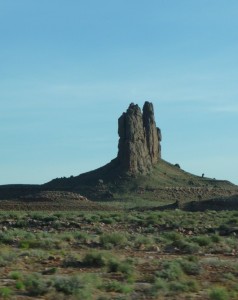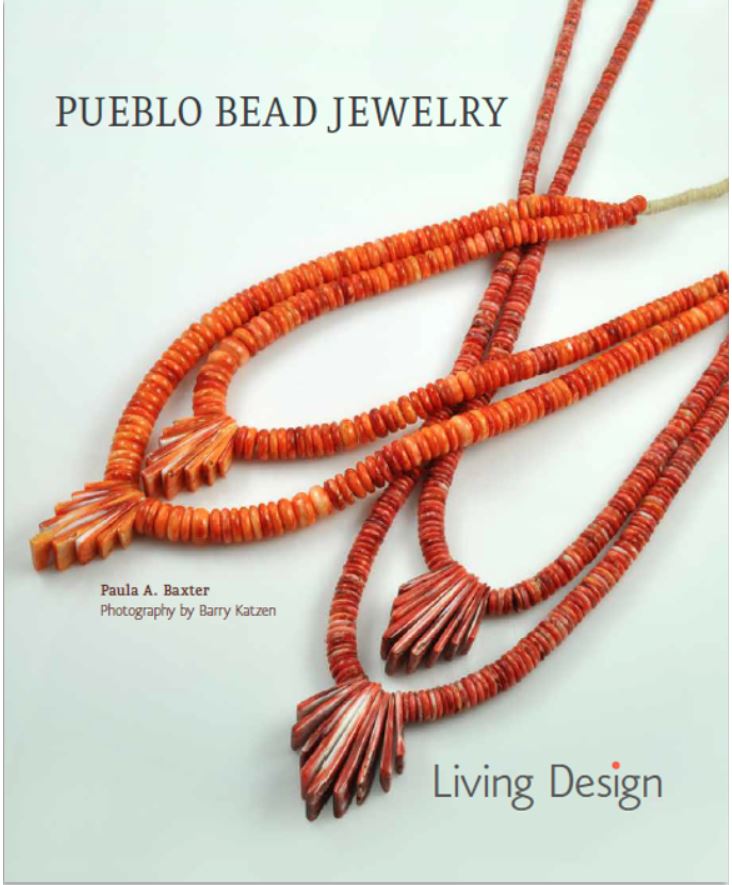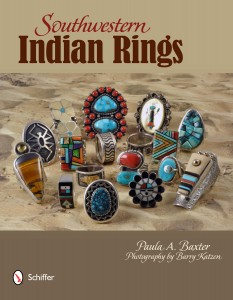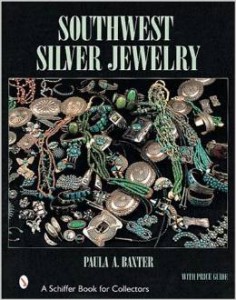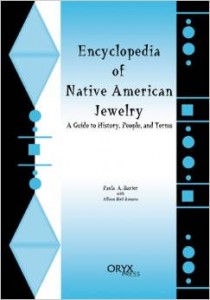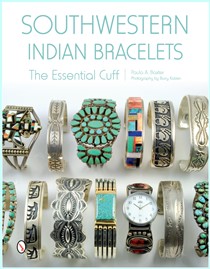Recently, I reread some of art historian Lucy Lippard’s 1999 book, On the Beaten Track: Tourism, Art, and Place. I was reading her descriptions of Santa Fe as a tourist destination, and had to agree with a couple of her criticisms. Lippard claims that the visitor’s experience in Santa Fe tends to be artificial, with more of an emphasis on the city as purveyor of artifacts than genuine cultural experiences. At one point, she speaks of the Santuario de Chimayo as being a destination for both religious Hispanos and cultural tourists — or put another way, “those praying and those prying.”
Santa Fe has always been a bit of a problem for me. I had the good fortune to be taken there as a kid of 8 or 9, and thought it an exotic, foreign city at that time, like someplace in Europe rather than America. Of course I’m talking about 1962 or 1963. By the time I got back there in 1986, I felt like the Santa Fe experience had been reduced to that of purveyor status; the shops stood out so much more than any other cultural monuments or sensations.
I teach at a business college nowadays. My students get intrigued by historical anecdotes and they are fascinated by the continuous theme of America’s reliance on business. American Indians didn’t understand the early European explorers’ and settlers’ motives when they introduced them to a land rich in natural resources. European fur trappers owed their enterprises to Native guides. Eventually, Indians got in the way of nation-building. That doesn’t mean, however, that today’s American Indians don’t exploit business savvy for their own benefit. How else can one explain why some of the Southwest’s hottest Native talent are working with manufacturers and showing wares on QVC’s home shopping channel? Travelers to Indian Country should lay aside outdated notions about Native art production. Young Indians work the Internet as skillfully as my students do.
Perhaps the most marvelous use of Native figures is the rendering of the clowns who appear during Pueblo Indian dances. These creatures play a role in the purpose and community meaning of the dances. The Koshare, represented in black and white stripes, grace modern jewelry, pottery and other craft and art forms. Mudheads, with their ugly ogre faces, are also popular creatures. Non-natives find them appealing and exotic. Certainly, their depiction provides local “color” without providing offense.
Among the most popular visual motifs for Southwestern Indian arts are the sacred spirits of the Pueblo Indians. These beings vary by cultural group. Most people are quickest to recognize Hopi katsinas (as opposed to the old spelling “kachina”). Hopi artists carve these figures from cottonwood, and have a wide range of beings that vary from powerful deities to sacred clowns. Zuni artists have contributed the sun face symbol for the sun god, and the popular images of the Rainbow and Knifewing spirits. These figures have been used for designs on jewelry, thus saving more significant spirits, like the Shalako, from depiction.
Fortunately, the Pueblo peoples are old veterans at this sort of compromise. The Rio Grande Pueblo smiths would make representations of their sun god in the form of the dragonfly, and wrought this symbol to resemble the Christian cross. To the padres who oversaw them during colonial times, they looked like the very epitome of a good Catholic in their cross necklaces.
You never know where you can find a pleasant break. When in Gallup, we had to wait ten minutes or so for Navajo Spirit on Coal Avenue to open back up — a little sign in the door promised they’d be right back.
We wandered across the street to Glenn’s Bakery and discovered the kind of delight we wished we had at home.
Part of investigating Indian Country is finding out what local treats are waiting to be enjoyed. America’s bakeries are often under siege from the ever-present supermarket conglomerates. We enjoyed this respite from shopping. Now, if Gallup would only get a bookstore back…
A ten-day festival is taking place in Indian Country; it began in December and it continues. I won’t be able to attend, but fellow travelers in the region should contemplate taking in some of this event. “Thunder in the Desert 2012” is being held at Rillito Raceway Park in Tucson until January 8. Music concerts, including open-invitation guitar-playing, art exhibits, storytelling, equestrian events, and dancing will be featured. One special program is a midnight friendship dance that took place on New Year’s Eve. What intrigues me is the opportunity for Native and non-Native interaction. Check out more information at www.facebook.com/thunderinthedesert to see what will transpire. There is still much cultural misunderstanding about Indian heritage and spirituality. In worse cases, Indian beliefs have been hijacked to fulfill fanciful non-Native desires.
This event promises a chance to come together and see what is genuine and what is not. For those who do attend, especially tourists, can you send us a report?
Those tangible reminders of mid-twentieth century America can still be found along Interstate 40 when it parallels the famous Route 66. One of the trickiest elements to deciding where to stop depend on if you have to go — like, to the bathroom. Not every emporium of tackiness makes the visitor welcome enough to offer them use of the on-site toilets. Our last meander to and from I-40 from Flagstaff to Gallup and back revealed that some facilities make it very plain that “our bathrooms are for paying customers only.” This is a change from the longtime vendor’s good-natured calculation that the need to answer a call of nature could also involve buying snacks, tourist souvenirs, or that pair of moccasins you’ve always wanted to have. Maybe the twenty-first century message to travelers of I-40/Route 66 is get your kicks elsewhere.
The Heard Museum is offering an enchanting little exhibition on Indian dolls — one of my favorite Southwestern souvenirs. My first trip on Route 66 took place in 1962 when we drove from New York to Albuquerque so my father could attend graduate school at the University of New Mexico. I acquired a rag doll of a Cherokee lady — in homespun dress and bandana — from an Oklahoma buffalo farm. Later, I got my one and only Navajo lady doll in velveteen shirt and long skirt from the famed portal of the Plaza of the Governors in Santa Fe. The exhibition at the Heard awoke all those old dormant feelings of youthful tenderness. I still have those dolls, but like so many people, I’ve packed them away someplace where they’ll languish until a future day. The bookshop at the museum offers the viewer a chance to buy some Native-made contemporary dolls.
(Visit “More Than Child’s Play: American Indian Dolls,” running through March 4, 2012)
We’ve always found that buying Southwestern souvenirs that are ridiculous to be part of the enjoyment of this region. I must admit I’ve never gone for the life-like replicas of rattlesnakes, but how many opportunities does one get to buy Mexican jumping beans or shot glasses and salt and pepper shakers bearing the slogan “get your kicks on Route 66?” At places like Indian City along Route 40, you can relax your values and go for the elemental gag. On this last visit, I ended up with colorful large-sized postcards for the corkboard collage I curate in my kitchen. I especially like the one that shows a rusty 1940s Chevy and reads “Historic Route 66 – You Just Like Me for My Body.”
